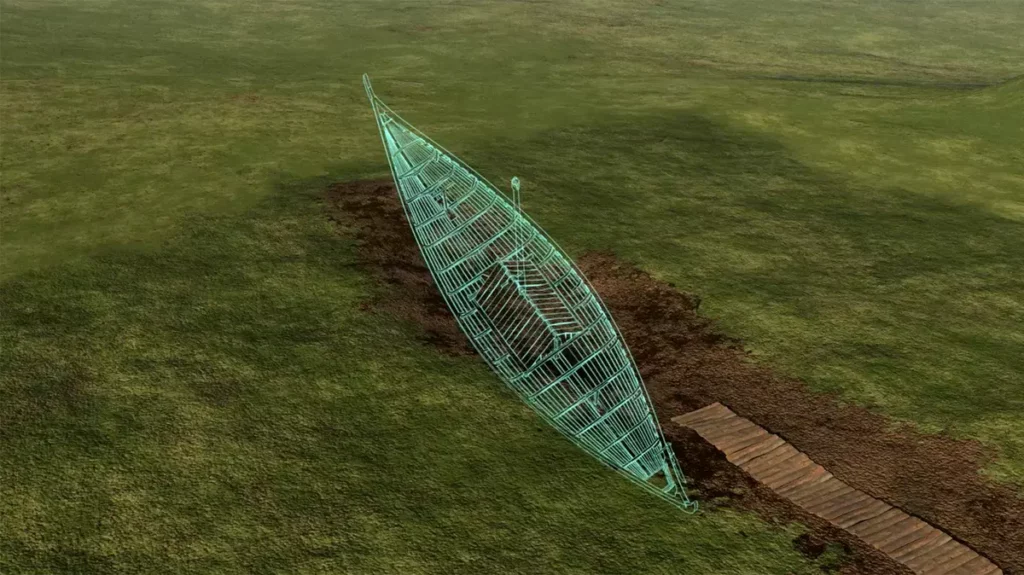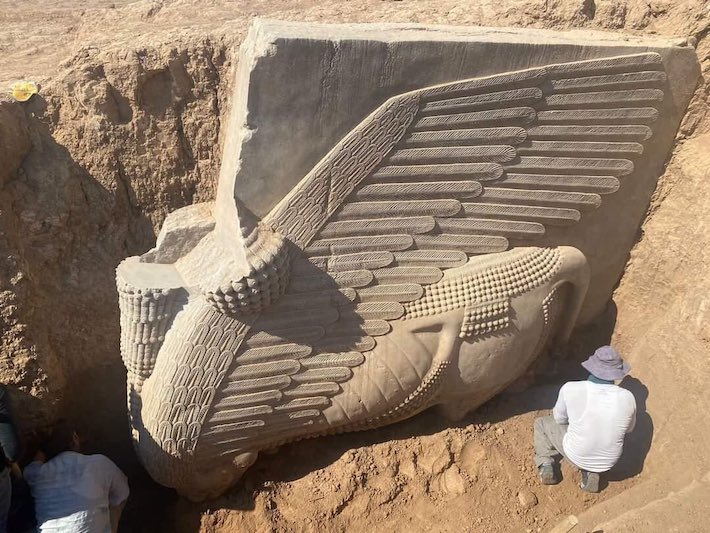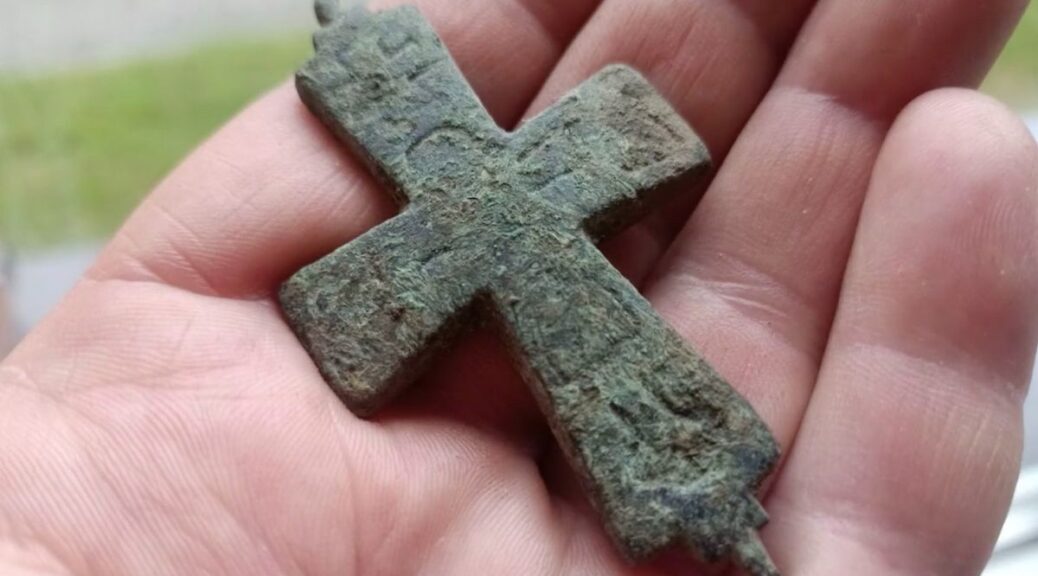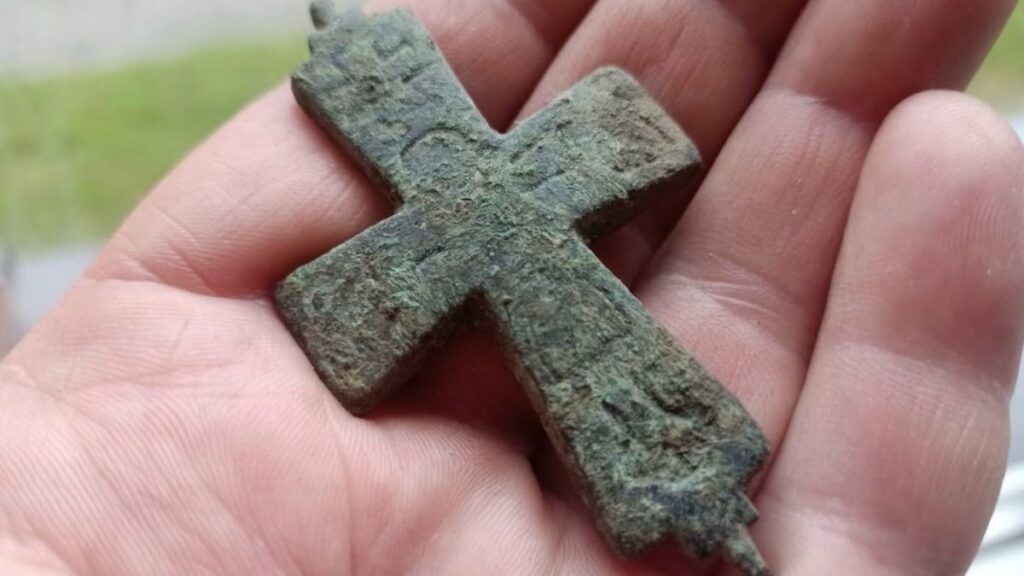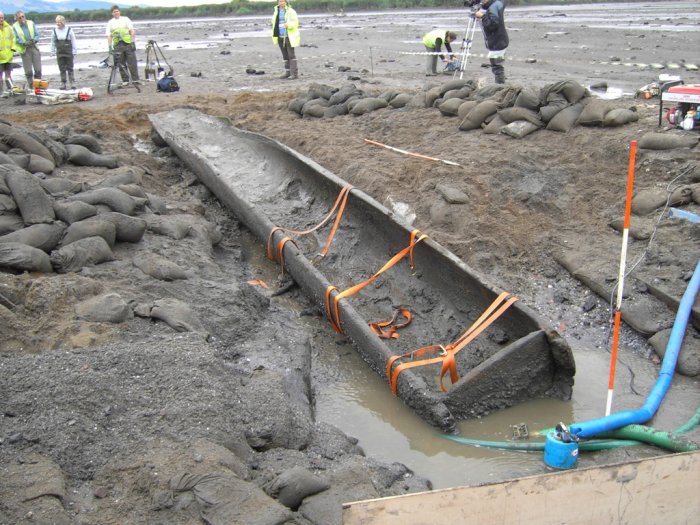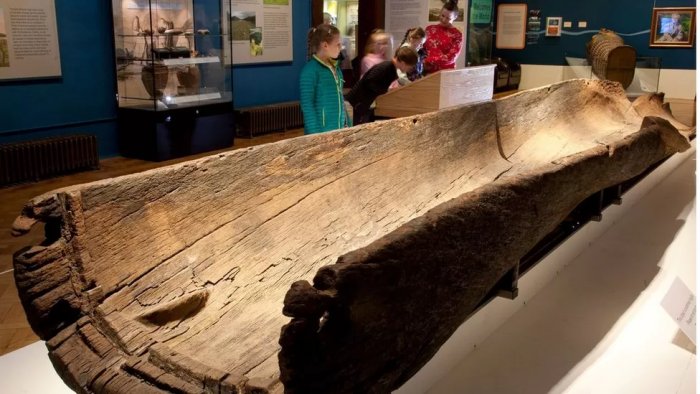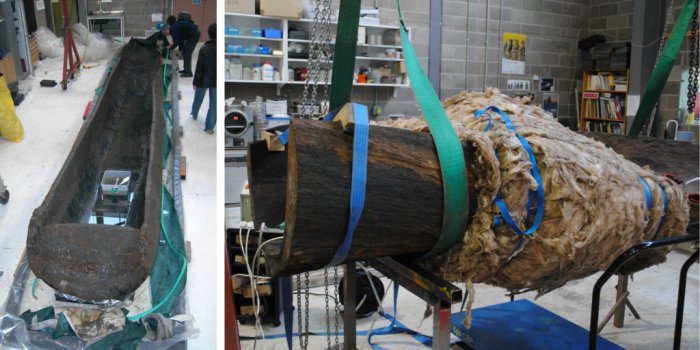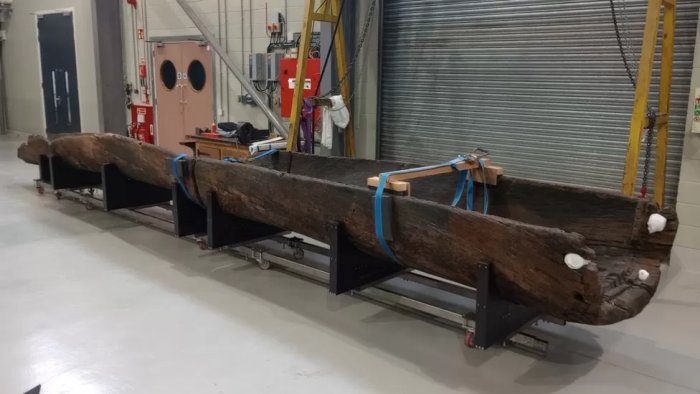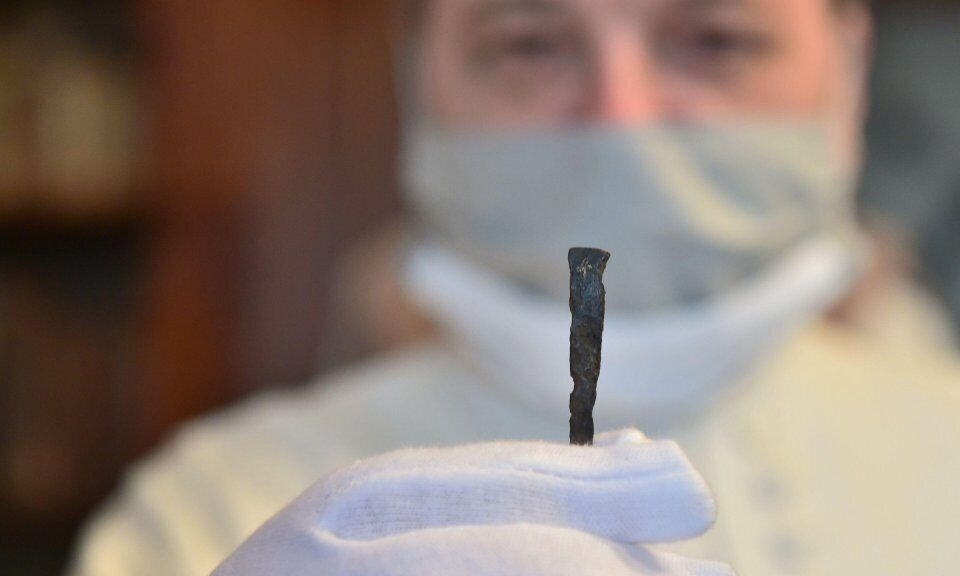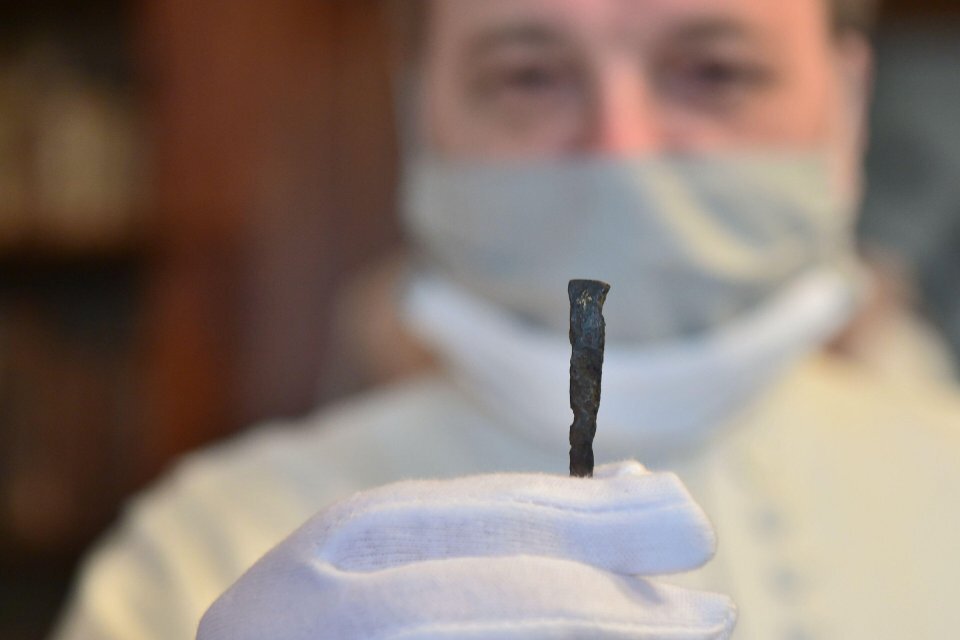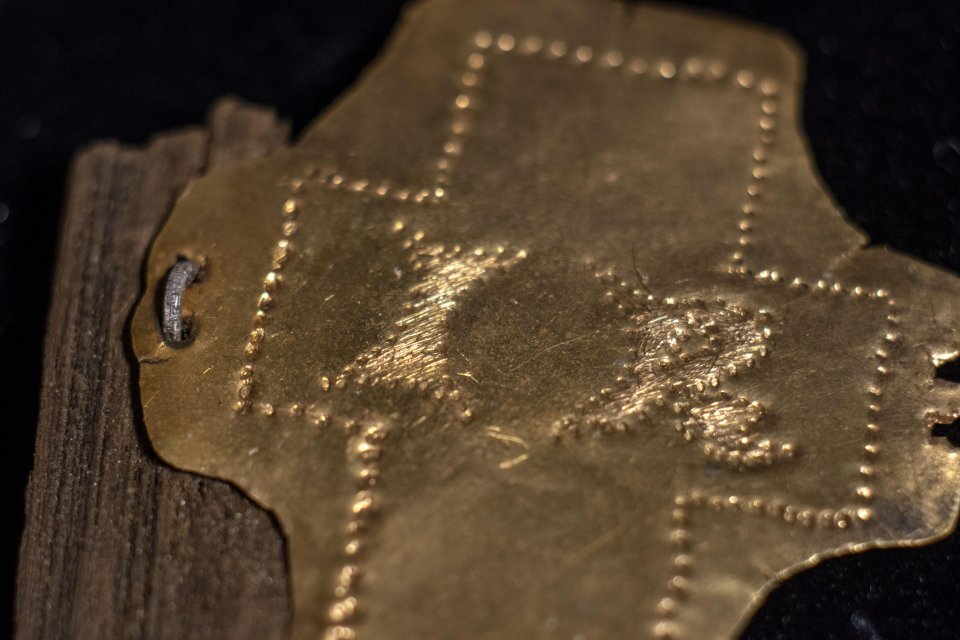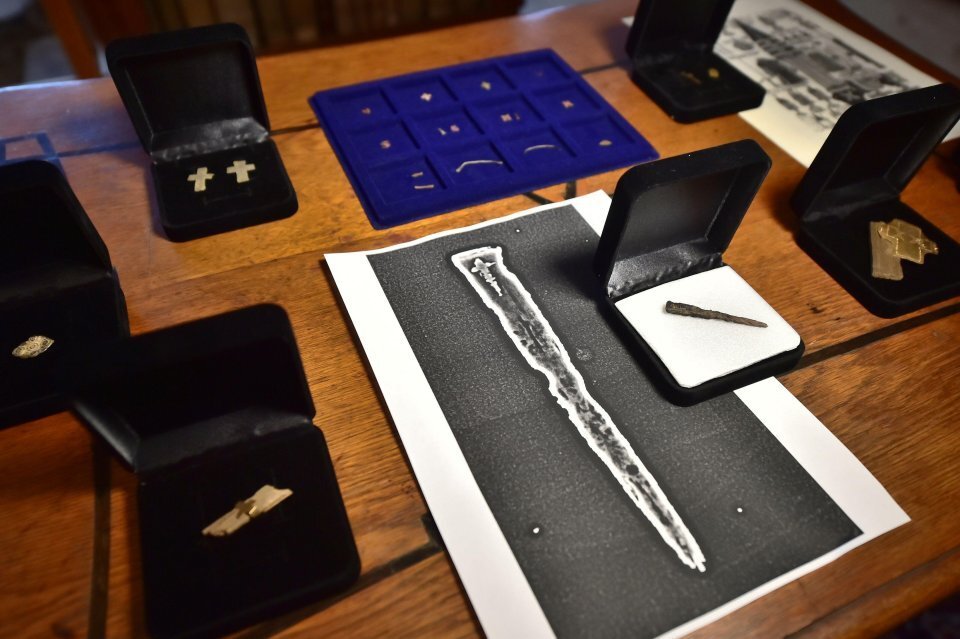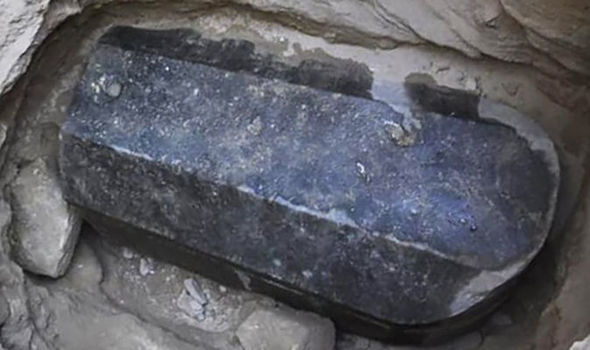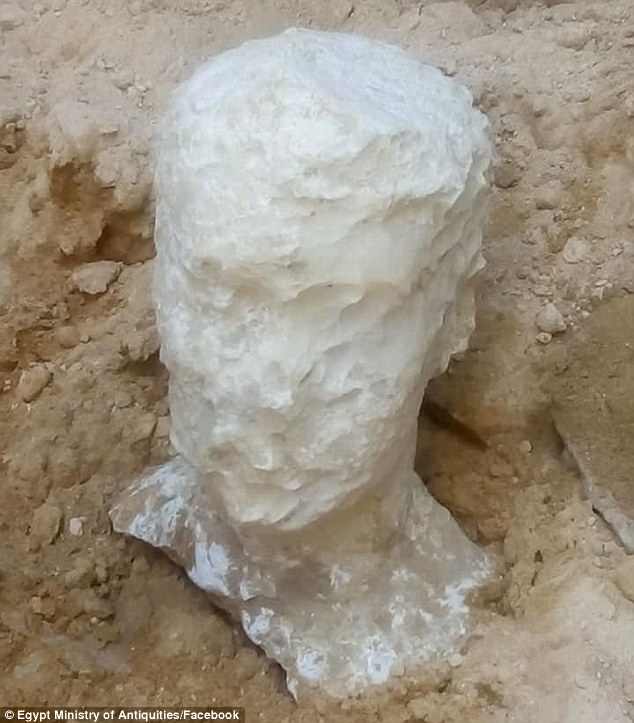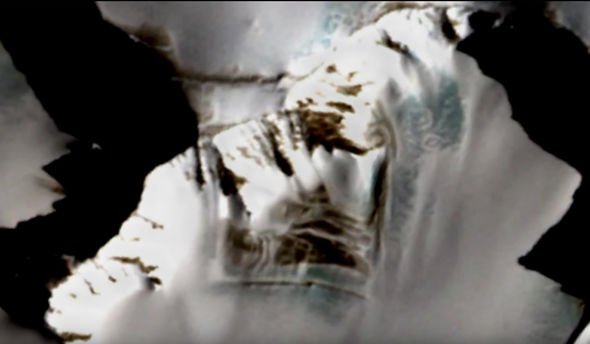A skeleton of a Viking child uncovered during Dublin archaeological dig
A child’s skeleton dating to the Viking age has been discovered in Ireland. The unearthing of the 9th or 10th century AD skeleton of an almost complete child is a significant one, but it is also mysterious. What makes this finding interesting is that the infant might have suffered a violent death. Archaeologists may have discovered a murder victim over 1000 years ago.

In the Irish capital, Dublin, a mysterious child’s skeleton was unearthed. During construction work near Dublin Castle in the heart of the city, it was discovered. The remains were found at the location where the River Poddle entered Dubh Linn, or the ‘black pool,’ during historic times.
This black tidal pool was where the River Poddle entered the River Liffey and is now covered over by Dublin Castle . “The name Dublin comes from the Irish word Dubhlinn, from dub meaning ‘black, dark’, and lind ‘pool’, referring to the blackish tidal pool,” reports Dublin Live .
The site at Dubh Linn was where the original Viking settlement or Longphort at Dublin was established approximately 840 AD.
A Child Tossed into the River
The child’s skeleton was found largely intact and probably dates to the 9th or 10th century AD. It appears that the body had once lain in mud in the bottom of what was once the River Poodle and as a result, it was preserved. RTE reports that ‘After it was excavated it was discovered to be that of a child aged between 10 and 12 years of age – most likely a boy’.

An iron buckle was found, and this could indicate that the child had been wrapped in a shroud. The shoulders of the skeleton were found hunched towards each other.
It appears that the child had been thrown into the River Poddle. This was most unusual because a proper burial would have been considered most important at this time by the Vikings and the native Gaelic Irish.
Alan Hayden from the UCD, who led the excavation, stated that “the fact that it was not given a proper burial and was dumped in this manner could suggest an act of violence,” reports Head Topics .
Is the Child’s Skeleton a Murder Victim or Casualty of War?
It is possible that the child was either murdered or may have been the victim of warfare. Dublin was attacked and seized at least once by the Irish in the 9th century AD and was also the scene of conflict between rival Viking factions.
The Vikings were to rule Dublin for almost three centuries and turned it into a powerful kingdom.
According to RTE, ‘Experts are set to carry out more tests to determine the date of death, gender, and the ethnic origin of the person’. This could help them to understand more about the death of the child.
It should be noted that there is no conclusive evidence yet that the child was murdered. Proving that the child died violently may take some time and could be a complex process.
New Insights into Viking Dublin
During the excavations, archaeologists established that the settlement was much bigger than once thought. According to RTE, the digs have found that the original settlement was ‘double the extent previously established.’
They also established that the Vikings erected earthen backs along the river with gaps that allowed their longboats to be hauled inland.
A large, wooden Viking fort probably once stood in this area. Archaeologists also found that the area around Dubh Linn was occupied even after another Viking settlement was founded about a mile away at Woodquay.
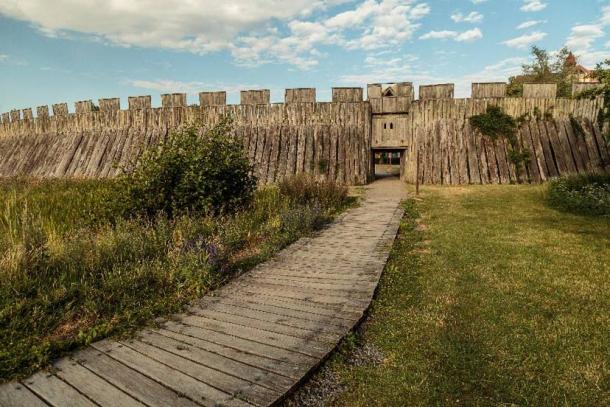
Excavations are continuing at the site and future finds may provide new evidence about the mysterious skeleton.
This find comes at a time when a new genetic atlas based on the DNA of modern Ireland shows that the Vikings intermingled with the native Irish. Indeed, many Irish people have genetic signatures similar to the inhabitants of modern Norway.

